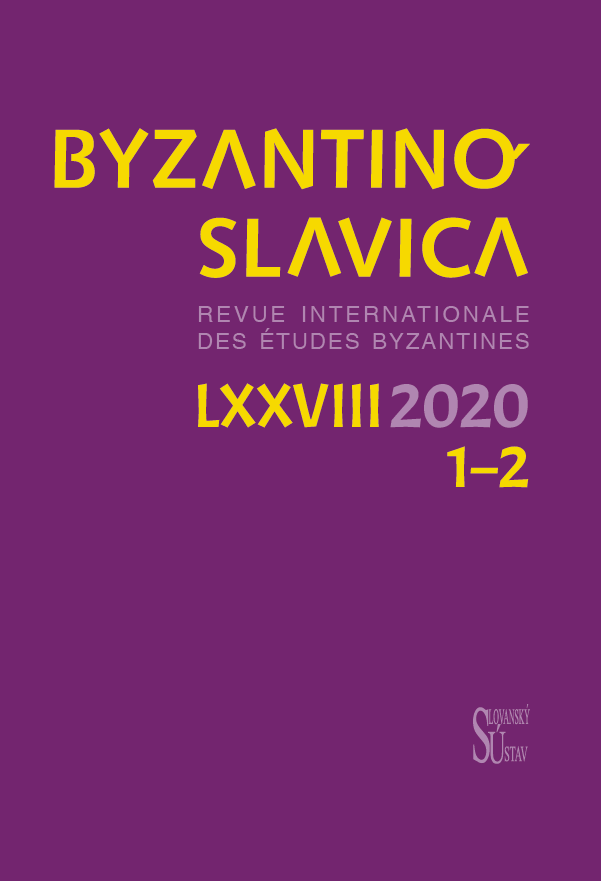Author(s): Edward Rymar / Language(s): Polish
Issue: 25/2022
After the death of Duke Świętopełk (1266), before civil war broke out between his sons Mściwoj II in Świecie and Warcisław II in Gdańsk–Słupsk, which ended with the banishment of the younger of the two by Mściwoj with Brandenburg help (1269–1271), Mściwoj was imprisoned in a castle called Redzk by some of his powerful subjects(“barons”), at the inspiration or even with the participation of Warcisław. However, later, a more powerful group of knights (milites) freed him and concluded a “covenant” with him (entering into his service?), which led to the expulsion of Warcisław II from Gdańsk. This is recorded in narrative sources from Oliwa and Poznań.A place called Redzk, with a castle, cannot be found in Gdańsk Pomerania. However, without exception, scholars have identified Redzk with castellan Raciąż, a village near Tuchola in the southern part of Gdańsk Pomerania and, thus, within Mściwoj’s domains. In sources from1178 to 1300, this spot appears as: Recinsz, Ratzens, Racins, and Racensze. All these are very different from Redzk. Here it is also worth recalling that the castle in Raciąż was destroyed in 1256 by knights from Great Poland, and, according to documents and archaeological sources, it was not rebuilt before 1270. These and other considerations prompt the author to transfer the site of Mściwoj’s brief incarceration far westward to Recz nad Iną, to a place with a castle that around that time (1268, 1269?) had been taken from the Knights of St John by Barnim I and his knights from Stargard. These knight included five Wedel brothers, who from this time on remained in the service of Mściowoj and took part in the margraves’ expansion into Gdańsk Pomerania (1271–1273). The location of the Duke’s incarceration is further suggested by the homage he made the margraves of Brandenburg in the nearby Choszczno (then Arnswalde) on 1 April 1269.Those who stubbornly identify Redzk with the at that time non‑existent castle in Raciąż have not asked themselves why Mściwoj decided on such a politically far‑reaching step, that is, to pay feudal tribute to the House of Ascania/Anhalt and made to that end the long journey with his immediate entourage some 200 kilometers westward from his duchy. Logic suggests linking this step with his liberation from imprisonment in Recz. The chroniclers evidently were thinking of that group of German knights who in occupied Recz chose the pro‑Brandenburg option, when in 1269 the margraves intervened in the continuing conflict between Barnim I, his knights, and the Cistercians of Kołbacz, on one hand, and the Korytów and Stargard Knights of St John, on the other.They drove off the Cistercians and their lay brothers from their centre in “Sowno” (in Sivin by Lake Sowno), which should, of course, be identified as Arnswalde itself (Choszczno), where on 1 April their very important encounter with Mściwoj II took place. Arnswalde had hitherto lain in the duchy of Barnim I of Szczecin. Because a result of the turmoil was Ludwik von Wedel and his brothers’ transferring their services to the margraves (which is apparent in the sources at the latest after 1272), while earlier the had been actively involved in grabbing the possession of the Knights of St John, taking over, among other possessions, Recz and their castle, the author points out the possibility of Mściwoj’s liberation at the hands of those very knights, so that after the quick taking of Recz by the margraves, the secular duke could travel to Choszczno on 1 April 1269, a place in which the outrage perpetrated by Barnim I and his subordinates on the Korytów Knights of St John was still deeply felt.Further conclusive evidence that knights from West Pomerania were involved in Mściwoj’s imprisonment, and at least in his liberation, is offered by an undated letter of Mściwoj II – dated by scholars to the years 1269–1271, although usually to the beginning of 1271 – in which on the advice of “his true knight, Pan Ludwik,” he seeks the help of the margraves of the senior line, offering in exchange the town and the fortress of Gdańsk and Gdańsk lands! The bringer of the letter and intermediary between Mściwoj and the margraves was his trusted translator dominus Henryk, probably Ludwik’s brother. The Ludwik mentioned in the letter has been identified with Ludwik von Wedel, who was involved in seizing the possessions of the Knights of St John. Indeed, the family embarked on a rapid career. Already in the years 1271–1272, Ludwik I and his brothers took part in the expedition of the Margrave Konrad against Gdańsk and Gdańsk Pomerania; later Ludwik remained in the Margrave’s entourage, and on 17 August 1272, he was present, along with his brother Henryk, among the knights of the Margrave in distant Lübeck in connection with preparations for a further incursion into the Gdańsk lands. It is evident that earlier Ludwik participated in freeing Mściwoj in Recz and that is why he could remain for some time in his entourage, playing a key role in his choosing the Brandenburg option. His description in the letter as miles and dominus clearly indicates an outstanding figure and precludes looking for someone unknown from the Duke’s German entourage. At the same time, an approximate date for Mściwoj’s imprisonment has been adopted (after 9 October 1268, when he was in Gdańsk at the purging of his brother), and, indeed, for his liberation by German knights, which has been set after the period immediately following 1 April 1269 (when the Duke paid homage to the margraves, perhaps under duress).
More...








